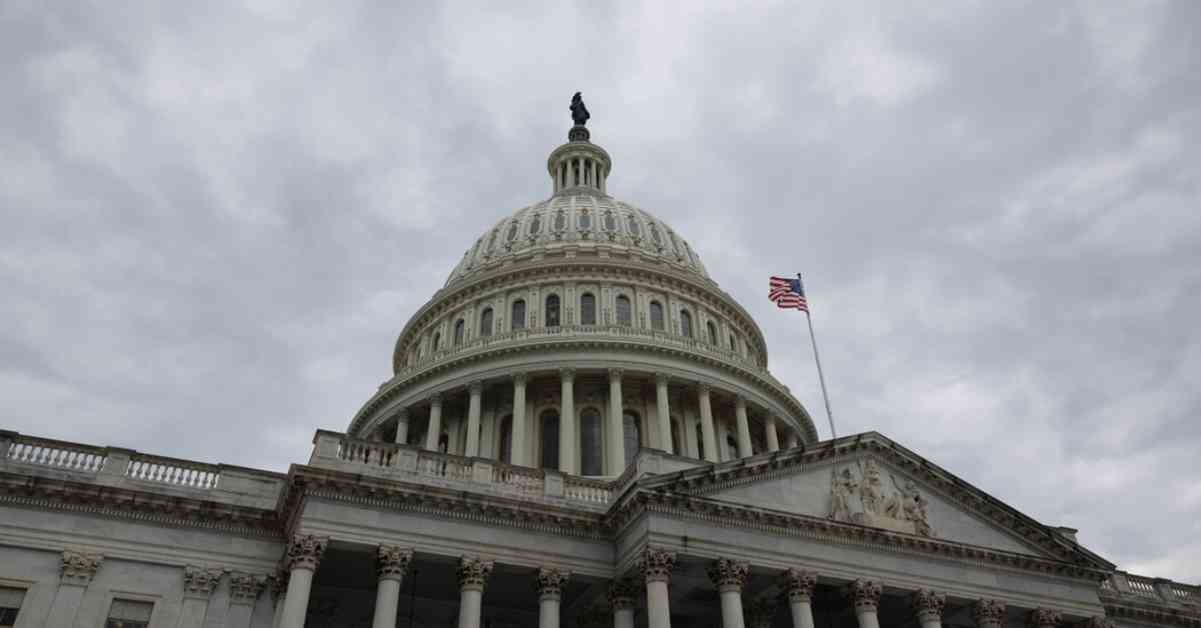The Congressional Budget Office recently released projections that paint a bleak picture of the United States’ fiscal future. The national debt is expected to exceed $56 trillion by 2034, driven by increasing spending and interest costs that outpace tax revenues. This mounting debt burden is further exacerbated by rising expenses for Social Security and Medicare, as well as higher interest rates that make borrowing more expensive for the government.
As a result, the U.S. is projected to continue running large budget deficits, with the deficit for 2024 estimated to be $1.9 trillion. Over the next decade, the annual deficit is expected to balloon to $2.9 trillion by 2034, reaching 122 percent of the gross domestic product. These figures highlight the unsustainable path of the country’s finances and underscore the urgent need for lawmakers to address the growing debt crisis.
The looming legislative battles over tax cuts and the debt limit further complicate the fiscal landscape. The expiration of most of the 2017 Trump tax cuts in 2025 will force policymakers to decide whether to renew them and how to fund the extensions. Additionally, the statutory cap on government borrowing will once again come into play, requiring congressional action to raise or suspend the debt limit.
Both Democrats and Republicans have expressed concerns about the rising national debt, especially in the face of soaring inflation and interest rates. However, efforts to rein in spending have been challenging, with divergent views on how to address the growing fiscal imbalance. The C.B.O. report assumes that the 2017 tax cuts will not be extended, but the reality is uncertain given the political landscape.
President Biden has signaled his intention to extend some tax cuts, particularly for low- and middle-income earners, while former President Trump has vowed to extend all of them if re-elected. The cost of fully extending the tax cuts could amount to around $5 trillion over the next decade, adding further strain to the country’s finances.
In conclusion, the projections from the Congressional Budget Office paint a worrisome picture of the U.S. debt trajectory, highlighting the urgent need for comprehensive fiscal reforms. Lawmakers will need to navigate complex tax and spending decisions in the coming years to address the mounting debt burden and ensure long-term financial stability for the country.




